Specification for Wellbeing through Acoustic Comfort with our guest Jeff Fullerton


Specification for Wellbeing through Acoustic Comfort with our guest Jeff Fullerton
This month, Quiet Mark has announced a new tier one partnership with NBS, a leading construction data and specification platform, to empower architects to specify ‘acoustics first’, providing a vital short-cut to profile and encourage responsible product sourcing from the outset of project planning.
With this exciting new chapter comes a desire to explore further the role Specifiers play in the sourcing of multiple products and building materials in the creation of the built environment. With 20 years experience providing acoustical consulting to clients on a large and diverse scale, there are few people as experienced and knowledgeable on the topic as Jeff Fullerton, Acoustic Department Manager - Building Science Solutions, at Intertek.
Alongside Anderson Acoustics and Head Acoustics, Intertek is one of the specialist acoustic lab partners that Quiet Mark turns to for specific product categories, in addition to the wide range of assessments it performs in its own test facilities.
For more than 130 years, companies around the world have depended on Intertek to help ensure the quality and safety of their products, processes and systems. With more than 43,800 employees in 1,000 locations in over 100 countries Intertek delivers Total Quality Assurance expertise 24 hours a day, 7 days a week with their industry-winning processes and customer-centric culture. They can help to ensure that their clients' products meet quality, health, environmental, safety, and social accountability standards for virtually any market around the world.
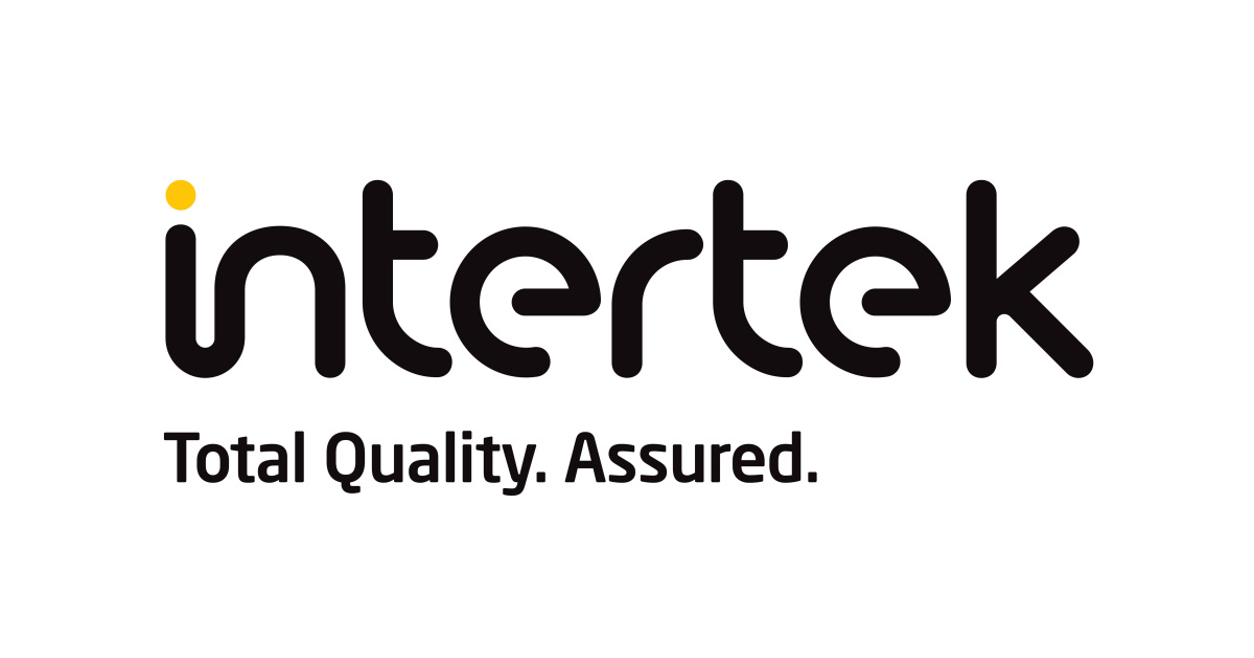
Jeff entered the world of acoustics while working backstage at a performing arts centre during his university studies in Mechanical Engineering. While working the soundboard in concert halls, Jeff was introduced to the importance of the relationship between sound, mood and ambiance.
He informed us about the importance of tailoring when it comes to acoustic specification. “We work closely with owners, designers and users of spaces to tailor those projects to meet their acoustical needs. There are multiple guidelines and criteria to consider but we also have to take a step back. Sound is very subjective so we have to consider whether the guideline is always the best approach depending on what the building will be used for. There are cases where the guidelines are a perfect fit - such as for a traditional classroom design - but it might not work for a more dynamic format.”
Jeff’s approach to specification really showcases his experience in analysing when it’s appropriate to approach an acoustic solution from the source. “If a train goes under a building, for example, there are so many things to consider to isolate the energy without affecting the function of whatever is making a noise. A crucial question being ‘do we solve the acoustic issue at the source rather than Band-Aid between the source and where the person is listening’? Solving the problem at the source improves the conditions not only for your project but also for many others in the area.”

Learn more, on Intertek’s website about Building Science Solutions - Noise, Acoustic and Vibration
We also spoke with Jeff about the pandemic’s effect on making us as a society more acute to sound, from home offices to hospital environments. A piece of evidence for this is the increase of buildings being built to achieve WELL standard, one of their concepts being acoustics and buildings having to pass sound criteria. “Office acoustic dynamics have changed. Since work from home, returning to the office noise can induce stress because we have grown accustomed to not having that noise around you. Working from home has taught us all a lot about our ability to be observant to things we weren’t before. When the traffic was non-existent it was a joy for us to hear birds and wildlife in our area. On the flipside, those in hospital during that time learnt how acoustics plays a role in one’s ability to recover. All in all the pandemic has really opened our eyes to how acoustics affects the quality of our lives.”
A post pandemic lifestyle is one that is more tight knit for many which thus reduces our collective carbon footprint with everything being so physically close and accessible. However, this new lifestyle presents acoustic challenges - because if everything is nearby then you’re bringing a diverse array of noise into a smaller space. “For us as consultants the creativity and opportunity to create solutions is fantastic and the work on the solutions is only increasing. It’s an awesome goal but it does introduce some acoustic challenges''.
Intertek as a whole stresses the importance of specification when it comes to the materials that build a variety of spaces. “The key of our consultancy is to help people understand the challenge and how - through design, assembly of materials or material selections - the concern can be solved. Many people see ‘acoustics’ on a product and think ‘that's what I need’ but oftentimes they don’t understand whether that means its absorbing sound, controlling the dim, acting as a sound blocking barrier or something else. Educating consumers to specify is so crucial to understand the science that's going into that product.”
“As consultants, we need to focus on the fact that while we specify in a small field of research and knowledge, we have to know about so many other things whether its mechanical systems, fire concerns etc so we can arrive at a solution that's going to work. There’s a great book, (by Robert E. Apfel), called “Deaf Architects and Blind Acousticians’ which highlights that the architects aren’t considering the acoustics and vice versa! So we have to bridge that gap to make things successful. It's such fun to see a project that, in the end, not only looks, but sounds wonderful, in a beautifully integrated and subtle way.
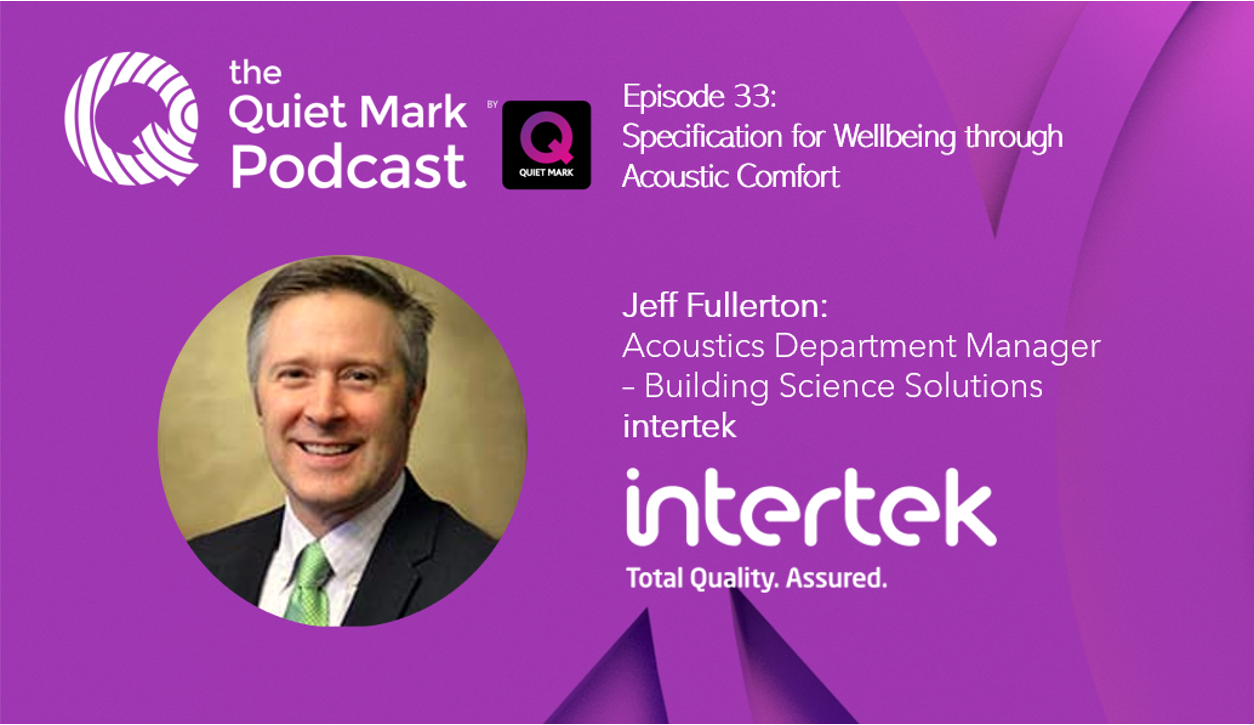
Discover more on Episode 33 of The Quiet Mark Podcast with Jeff Fullerton.
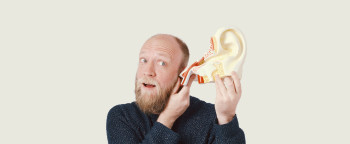
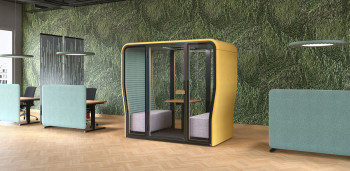
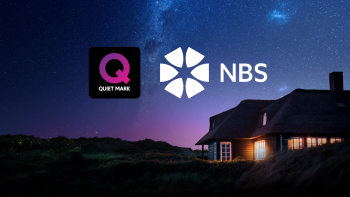

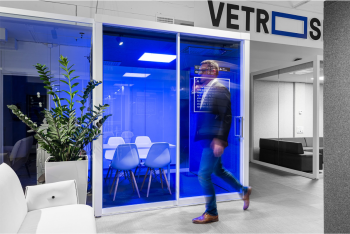
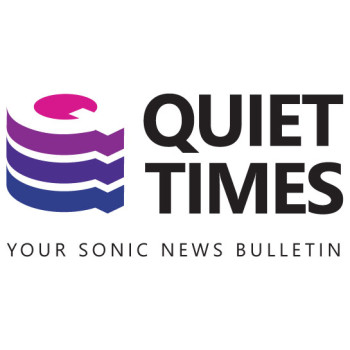


 Quiet Mark Founder
Quiet Mark Founder